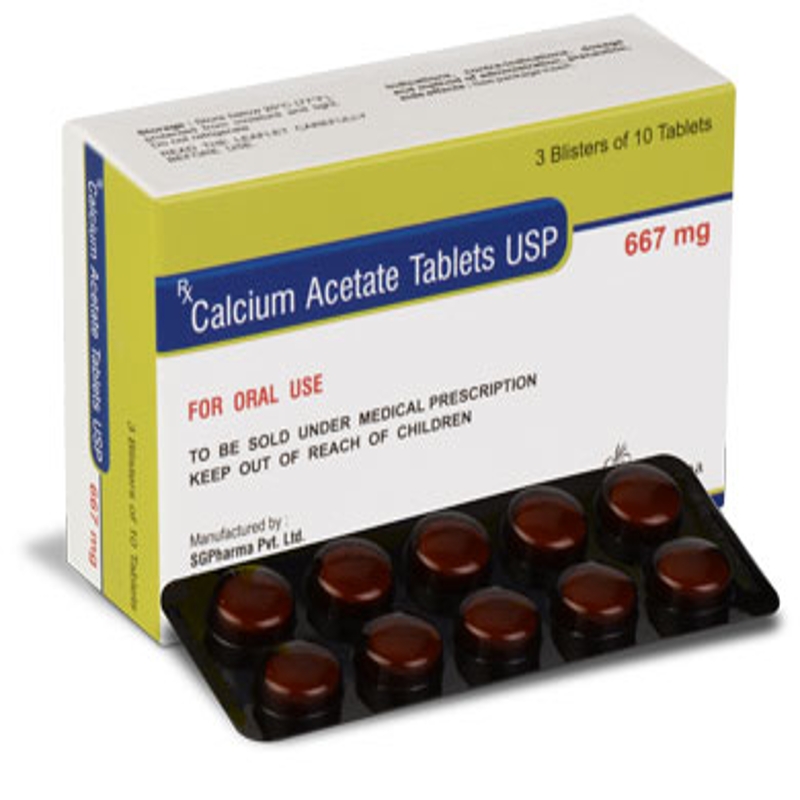-
Categories
-
Pharmaceutical Intermediates
-
Active Pharmaceutical Ingredients
-
Food Additives
- Industrial Coatings
- Agrochemicals
- Dyes and Pigments
- Surfactant
- Flavors and Fragrances
- Chemical Reagents
- Catalyst and Auxiliary
- Natural Products
- Inorganic Chemistry
-
Organic Chemistry
-
Biochemical Engineering
- Analytical Chemistry
-
Cosmetic Ingredient
- Water Treatment Chemical
-
Pharmaceutical Intermediates
Promotion
ECHEMI Mall
Wholesale
Weekly Price
Exhibition
News
-
Trade Service
Preface
The diagnosis and treatment of hematologic disorders usually involves multidisciplinary and multiple detection methods (morphology, flow cytometry, molecular biology, cytogenetics, imaging, etc.
Case passed
Primary medical history: patient, male, 34 years old, unemployed
.
Blood Count Results: WBC 2.
Biochemical tests: TP 58.
Immunosupra: positive
for hepatitis B surface antigen.
Given the existing clinical features, hematologic disorders should be considered initially, and hepatitis-associated aplastic anemia and immune-associated pancytopenia should be excluded
.
Blood routine for follow-up: WBC 1.
Bone marrow smear results: there is a decrease in nucleocyte hyperplasia in this area, an increase in the proportion of lymphocytes, and some bone marrow particles are empty, please combine clinical and other related examinations
.
Autoantibody profile: AMA-M2.
Bone marrow flow metry: the proportion of lymphocytes detected by bone marrow increases, occupying 30.
5 items of anemia: Vit-B121864.
Qom test: negative
.
Bone marrow biopsy: bone marrow hyperplasia is extremely low, hematopoietic cells are few, and the proportion of lymphocytes and plasma cells is increased, please combine clinical and other related tests for further diagnosis (below figure).
Bone marrow chromosomes: 47, XY, +21 (as shown below)
Comprehensive diagnosis: 1.
The patient's symptoms of fatigue after transfusion were significantly relieved, and no special discomfort was complained
.
Case studies
Aplastic anemia (AA) is a malignant blood system disease
with pancytopenia caused by various harmful factors (biological, chemical, physical, etc.
Pathogenesis of aplastic anemia: traditional theories believe that it is related
to hematopoietic stem (progenitor) cell abnormalities, hematopoietic microenvironment support function abnormalities, and immune system dysfunction damage hematopoietic stem (progenitor) cells.
However, most scholars now believe that abnormalities in the immunomodulatory mechanism play a crucial role
in the occurrence of AA.
In patients with re-impairment, the most common cytogenetic abnormalities include? 7/7q? and +8 chromosome abnormalities, and 13q in other common cases? , +6, +15, and +21, other types of anomalies are
rarer.
In this case, the patient has low intelligence since childhood, wide eye distance, has the characteristics of Down syndrome, consulted his parents, did not do prenatal prenatal screening and diagnosis during pregnancy, considered to be a patient with Down syndrome, secondary aplastic anemia, in order to clarify the pathogenesis, it is recommended to perform molecular genetic tests
such as gene mutations.
Summary
In daily diagnosis and treatment, attention should first be paid to the early warning role of routine examination items such as blood routine and biochemistry; The indispensable role of bone marrow-related tests in the diagnosis of hematologic disorders should be established; Strengthen eugenics and fertility education, emphasizing the importance of prenatal screening and diagnosis during pregnancy; For special cases, pay attention to physical examination, the comprehensive use of multiple detection methods, the collection of clinical features and other information, and establish a multidisciplinary diagnosis and treatment model
.
References:
[1] Wang Huanping, Ni Wanmao, Chen Zhimei, et al.
Clinical and cytogenetic features of acquired trisomy malignant blood disease[J].
Chinese Journal of Medical Genetics, 2018(05):576-578.
Liu Shihe, Bo Lijin, Qin Shuang, et al.
Biological characteristics and prognostic significance of acquired trisomy 21 malignant hematopathy[J].
Clinical Genetics Research,2001,18(4):322-323.
Yu Ying,Wang Zhiping.
The relationship between several common chromosomal abnormalities and malignant blood diseases[J].
Journal of Clinical and Experimental Medicine,2007,6(7):155-156.
Zhang Fengkui.
Clonal hematopoiesis of aplastic anemia and its clinical significance[J].
Life Sciences,2017,47(12):1410-1414.
Li Jing,Jia Guorong,Liu Xuewen.
Research progress on the pathogenesis of aplastic anemia[J].
Chinese Journal of Experimental Diagnostics,2017,21(1):165-168.







